The need for affordable homes is nowadays as high as ever. Population with low to moderate incomes are increasingly unable to access decent housing at the prices they can pay. Architecture and designer bureaus have faced the challenge and offer solutions to suit low budgets while being at the same time functional and pleasing to the eye.

US-based Charles Cunniffe Architects have designed Virginia Placer Housing for a community located in Rocky Mountains, Colorado. The project was a response to the area’s shortage of affordable housing for low- to moderate-income residents servicing the resort of Telluride.
The development includes two buildings and three tiny homes, all located along a road. The first building is a boarding house with beds for 46 tenants. The other one offers 18 traditional apartments, and the three standalone micro homes each feature a single room with a sleeping loft. Storage lockers for ski gear are a part of the offer.
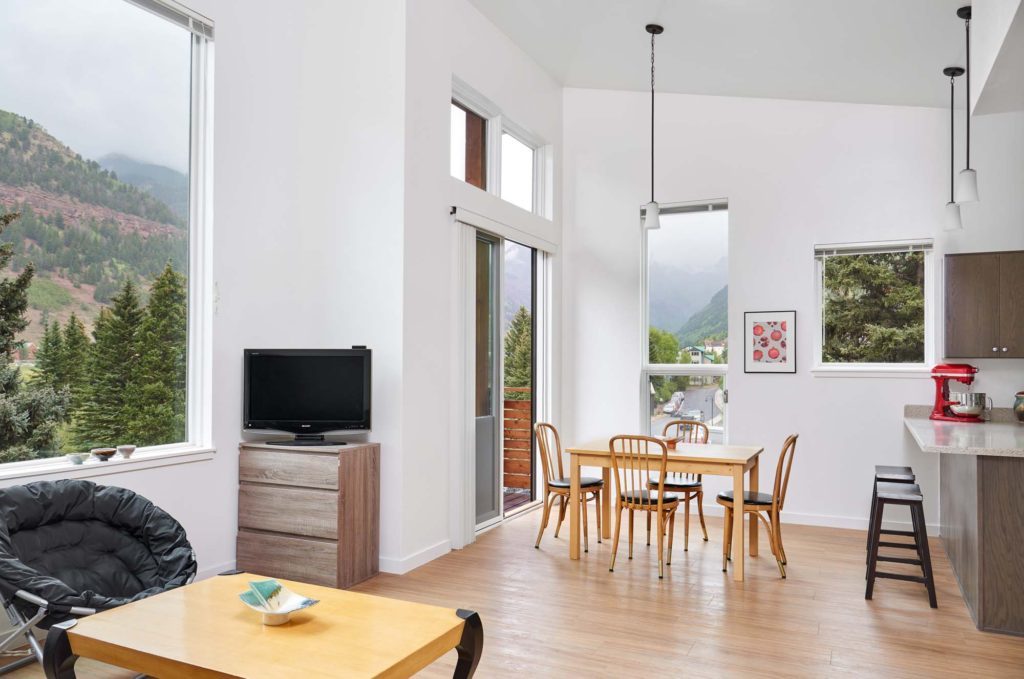
Virginia Placer by Charles Cunniffe Architects
Staggered facades of the buildings are wrapped in varying types of metal and their sloped roofs with deep overhangs help protect the buildings from the elements.
The studios and two-bedroom units of the apartment building feature timber balconies and open-air stairwells that add a sense of energy to the complex.
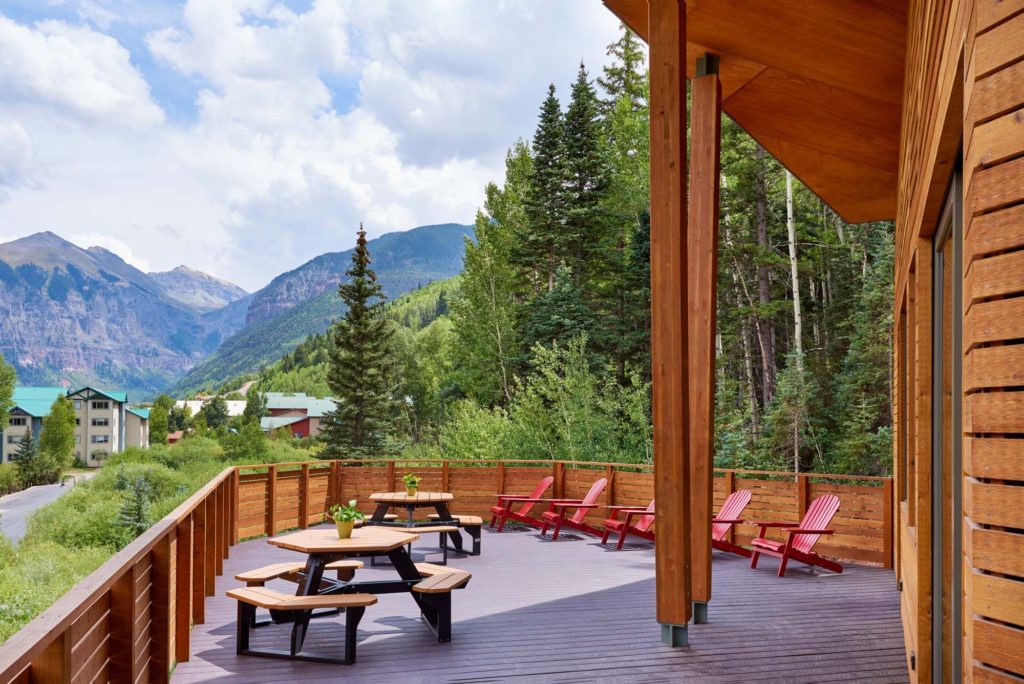
Virginia Placer by Charles Cunniffe Architects
Apart from the rooms for tenants, the boarding house offers communal spaces with lounges, two kitchens and bathrooms, as well as a partly sheltered wooden deck sporting beautiful view of the area.
The 27-square-metres micro dwellings, clad in corrugated metal and warm-toned cedar, feature high wooden ceilings, wooden floors and walls, large windows and a sleeping loft.
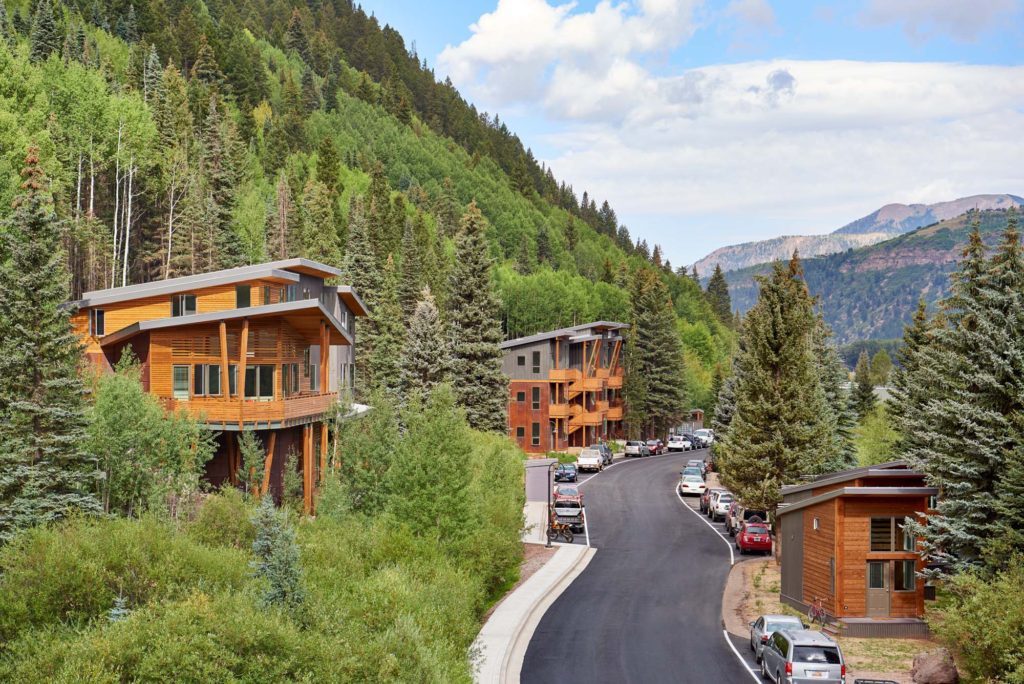
Virginia Placer by Charles Cunniffe Architects
The Virginia Placer development is the result of searching for balance between affordability and sustainability with passive solar and ventilation systems, maintenance-free materials, and design.
Peru-based TRS Studio have proposed to join two shipping containers and top them by an angular polycarbonate extension to create low-cost homes.
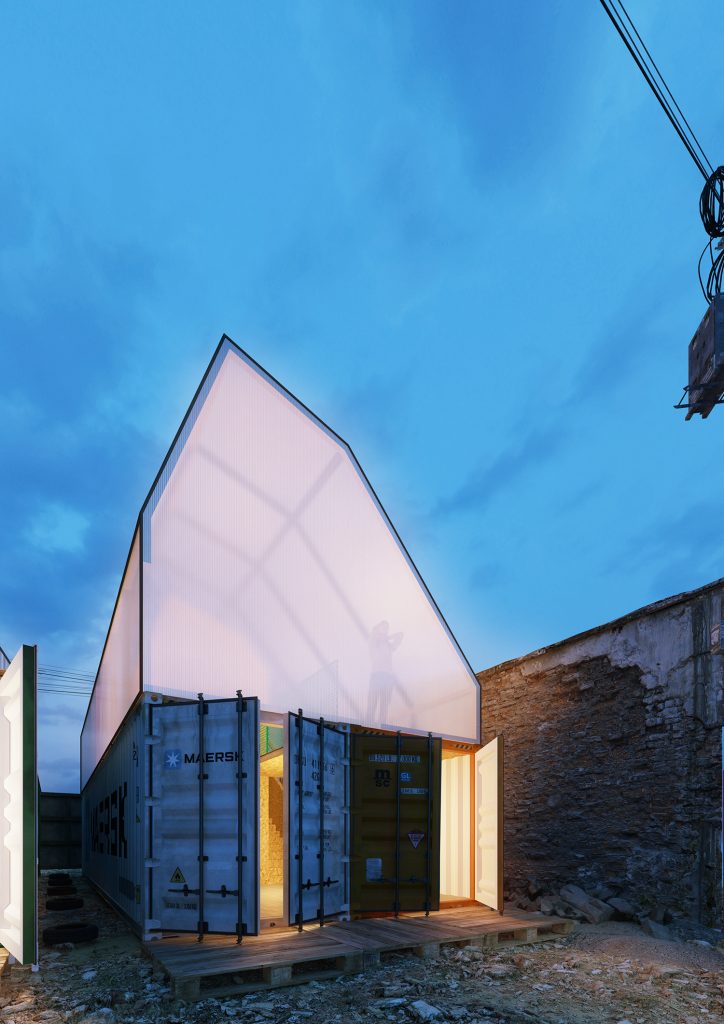
Pachacutec House concept by TRS Studio
The Pachacutec House concept is the Studio’s response to the situation in the area, where many homes are built with salvaged materials. The repurposed shipping containers are abundant, cheap, and durable – thus better suited for living.
Joined on their long side, the 15 meters long containers will yield a lodging of approximately 60 square meters. Broad doors could be opened to extend the residence’s living spaces to the outdoors, while planting areas along the sides of the master bedroom would allow owners to have a small garden indoors. The polycarbonate ceiling would provide plenty of natural light and the roof windows ensure direct ventilation.
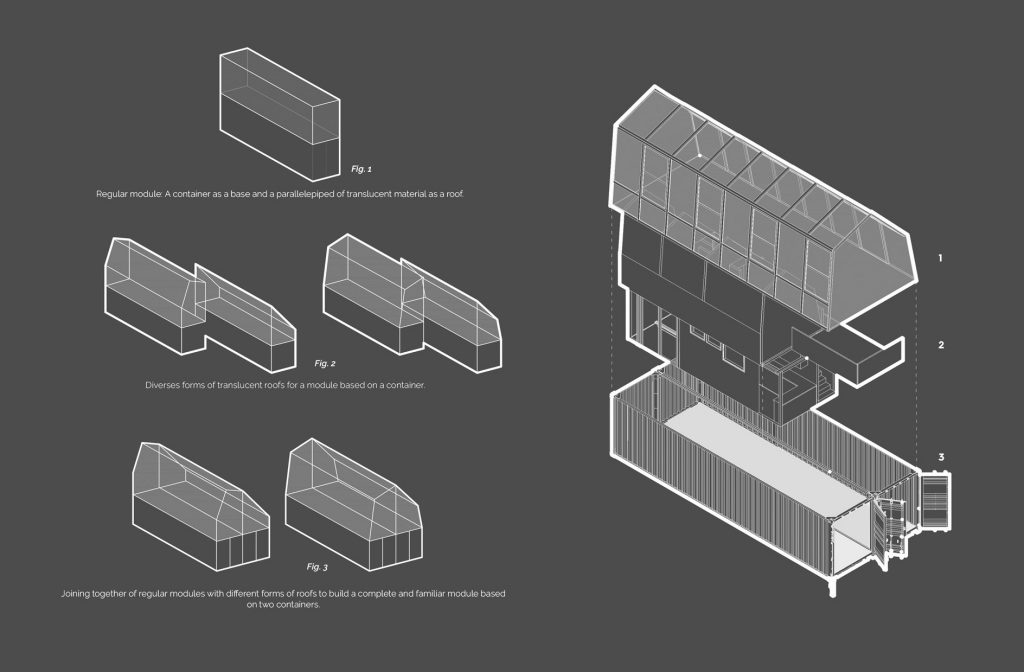
Pachacutec House concept by TRS Studio
The inexpensive oriented strand board (OSB) plywood available in the community would be used for interior partitions and the central staircase leading to the upper level with two bedrooms and a study, as well as a shared bathroom. The ground floor offers the main living area, a kitchenette, toilet, and another bedroom at the back.
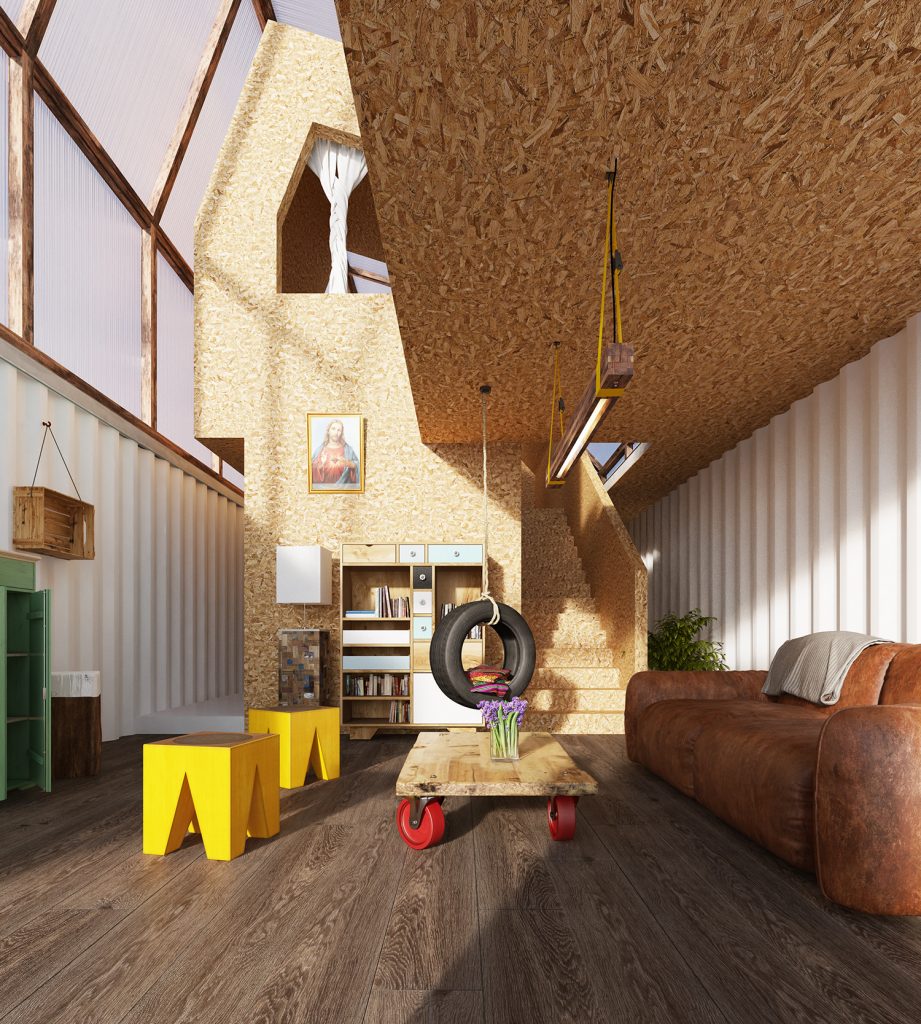
Pachacutec House concept by TRS Studio
The possible need for more sleeping space is addressed by the size of the bedrooms: they are big enough to fit bunk beds, while the study area upstairs could be converted to a fourth bedroom.

Saint Thomas at Ninth by Office of Jonathan TateUS-based Office of Jonathan Tate have designed sculptural white homes in New Orleans.
The Saint Thomas at Ninth complex sitting tightly around a courtyard/driveway contains 12 homes, with 10 single-family and 2 two-family, occupying an existing warehouse and vacant parcel.
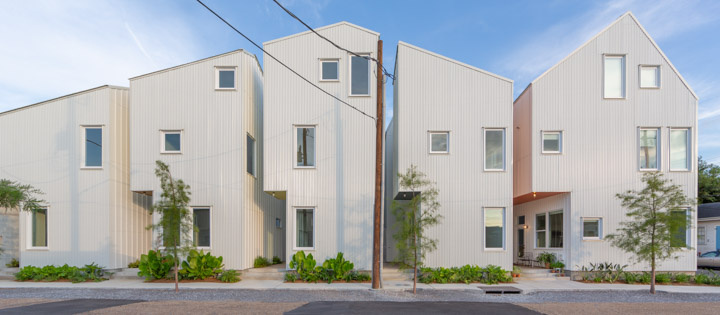
Saint Thomas at Ninth by Office of Jonathan Tate
The reshaped warehouse now offers three condos, each rising two levels. Each new building contains a three-storey condo.
The studio has built an aggregation of different-shaped volumes with multi-pitch roofs with facades wrapped in corrugated metal and cementitious panels. The white finish helps to reduce heat load which is important in the local climate. Another important consideration is durability: the cladding of the complex comes with a 20-year warranty, ensuring that homeowners won’t have to deal with the routine painting and siding replacement typical for most of the area’s houses.

Saint Thomas at Ninth by Office of Jonathan Tate
Each home will feature an open-plan kitchen, dining area, living room, and private areas located on the upper levels. Energy use in the dwellings will be minimized by a number of elements, including a mini-split mechanical system, on-demand water heaters, and high-efficiency appliances.

Saint Thomas at Ninth by Office of Jonathan Tate